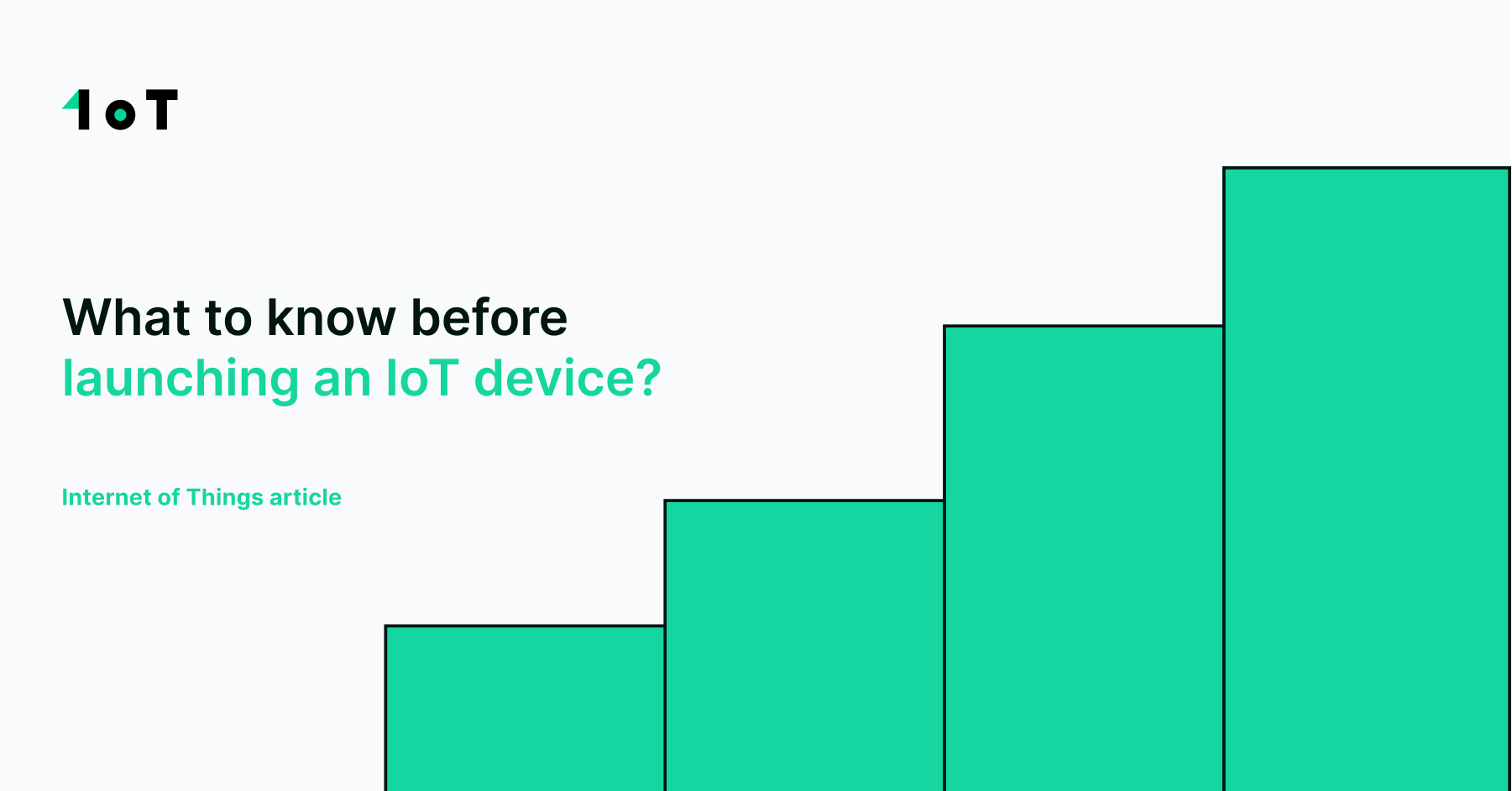Over recent years, the rise in popularity of the Internet of Things (IoT) has led to more and more connected smart devices every day. However, launching an IoT device is not an easy task – it requires careful planning, research, and preparation to ensure a successful deployment.
To give you the best overview of the topic, Krakul partnered with 1oT, a cellular connectivity provider for Internet of Things device makers. Together with our Research & Development Team Lead, Jaan Kristjan Lepp, we will provide you with some valuable insights into what it takes to successfully launch an IoT device.
The development process
Assuming that the groundwork for your new IoT product is completed, which includes having a use case, market demand, and business-related aspects sorted out, it’s time to proceed with the development phase.
The development process itself can be roughly divided into 7 steps:
- Detailed device specification – the backbone of everything in the development process.
- Mechanical design – the device must be designed to last, with an optimized Bill of Materials (BOM) cost, robust, and easy to manufacture.
- Firmware development -as an essential part of providing connectivity to the device, it needs to be running smoothly (often in real-time) and be easily debuggable.
- Electronics development – does the device need custom electronics and cost-optimized small form factor Printed Circuit Boards (PCBs)? Even if not, finding the best over-the-shelf components is a job of its own.
- Software development – IoT loves the cloud. To get more out of a device, it often relies on back-end magic and great front-end for web, desktop, or mobile apps.
- Testing – testing is a crucial step for not only the longevity of the device but also for the company itself.
- Verification – the final stop to ensure that the device complies with the regulations and requirements.

